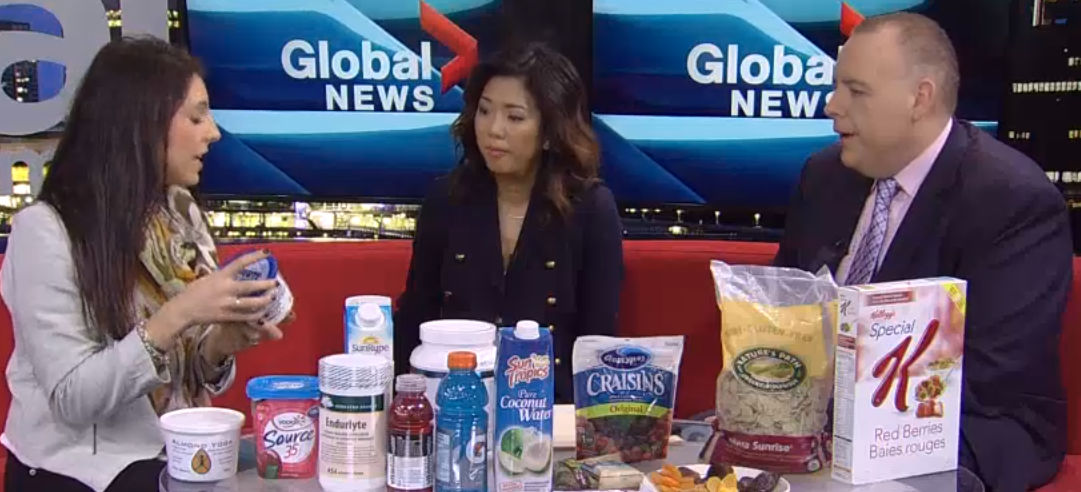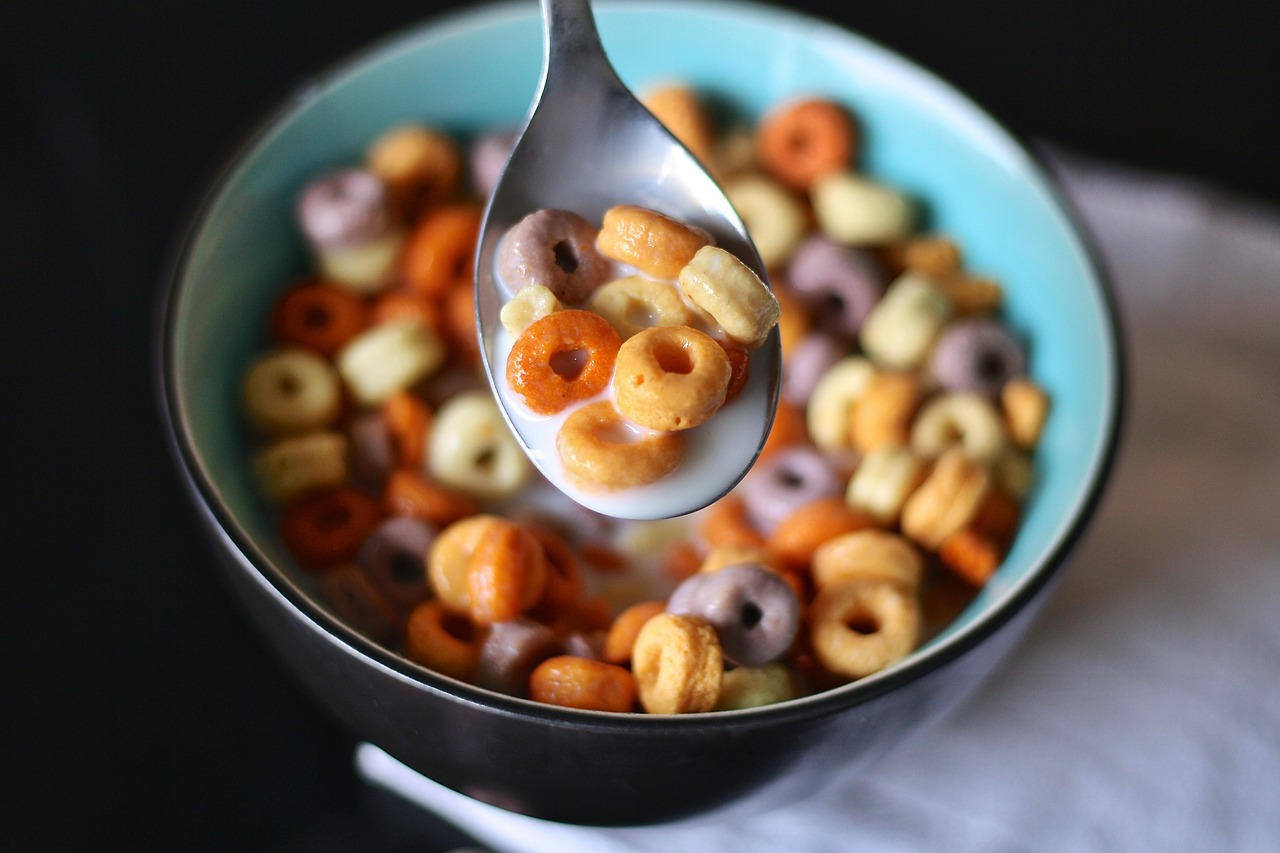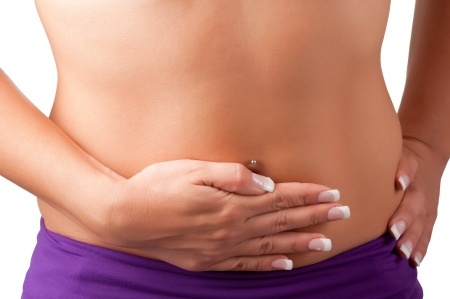
Clever marketing by big business food manufacturers may have tricked us into thinking that a lot of their products are good for us, when in fact they offer very little in terms of nutrition, or serve up too much sugar or sodium. At this time of year, when so many people are turning to “low-fat” or “diet” alternatives to try and shave off a few pounds, it is even more important to know how to make healthy choices. Here are 5 foods that you may think are good for you, that are in fact on my no-no list.
Fat-Free Sugar-Free Yogurt
Remember the ‘90s?! That decade was huge for the “fat-free” trend and it seems a lot of this mentality still lingers with us. First of all, as I teach my patients, fat is not bad for you in fact your brain needs fat in order to function properly. You just need to know which fats fuel your body, and which ones are to be avoided. The thing I hate about fat-free, sugar-free yogurt is that when you take out the fat and sugar, you need to add something else in to make it tasty. Manufacturers want you to keep buying it so they add artificial sweeteners. You shouldn’t eat anything “artificial” and certainly not substances that are currently being researched for their harmful effects on the body.
Instead try …. Plain Greek Yogurt, with a little fat in there, or for a dairy-free alternative try Almond Yogurt or Coconut Yogurt.
Power Drinks and Mineral Waters
This is another source for artificial sweeteners or plain old sugar. People think that sports drinks are healthy for them because marketing encourages them to consume them after working out. They do contain electrolytes, which are important to replace after a tough workout and water-loss, but they also contain food dyes and sugar. Avoid. Avoid. Avoid.
Instead try …. Coconut Water! Mix it with a little maple syrup and lemon or lime juice if you like added flavour. Coconut Water is a great electrolyte-rich drink which really replenishes you after or during a workout. You can also make it the base of a protein-packed smoothie.
Protein Bars
Again, people see ads with bodybuilders eating these bars and they assume they must be healthy! A lot of these bars contain added sugars, even high fructose corn syrup and other mystery ingredients I can’t even pronounce!
Instead try … If you need a source of fuel to get you through the 3pm slump, or after a tough workout, turn to dates and date-based protein bars. Lara Bars are an example of one on the market that contains dates and other all-natural ingredients. You can also make your own bars or balls. We have a great recipe on our Facebook page for Polo Health. Crystal, is this true?
Dried Fruit
It is easy to get swept up in the idea that the dried mango you are munching on is fruit, so it must be good for you. While I agree it is better than a pack of licorice, there are a few things to know about dried fruit. These pretty apricots actually contain sulphur dioxide, which makes them look nicer and last longer on the shelf. Sulphites can be dangerous for people with asthma or who show a sensitivity to sulphites. I encourage my patients who like dried fruit to stick with sulphur free versions of their favourites. Also avoid added sugar. People love craisins and think they are eating well with them. There is a lot of added sugar in these. Look for those fruits that haven’t been sweetened.
Cereals
I have a thing with cereals! I encourage my patients to think outside of the box at breakfast time; a bowl of cereal just doesn’t fill you up enough, then you succomb to late afternoon snacking. Plus, a lot of cereals contain added sugars, and just plain don’t deliver much nutrition because they use highly processed grains. But cereal marketing is so big! All of these companies want you to believe their product is healthy! If you want to have cereal, as a meal or snack, I recommend a more natural version like this one. Also, steer clear of store-bought granolas which contain a lot of added sugars and bad fats. Make your own so you can control what goes into it: coconut oil, wheat-free oats, walnuts or almonds, unsulphured and unsweetened dried fruit.
Dr. Allana was on Global TV recently talking about this very topic!






